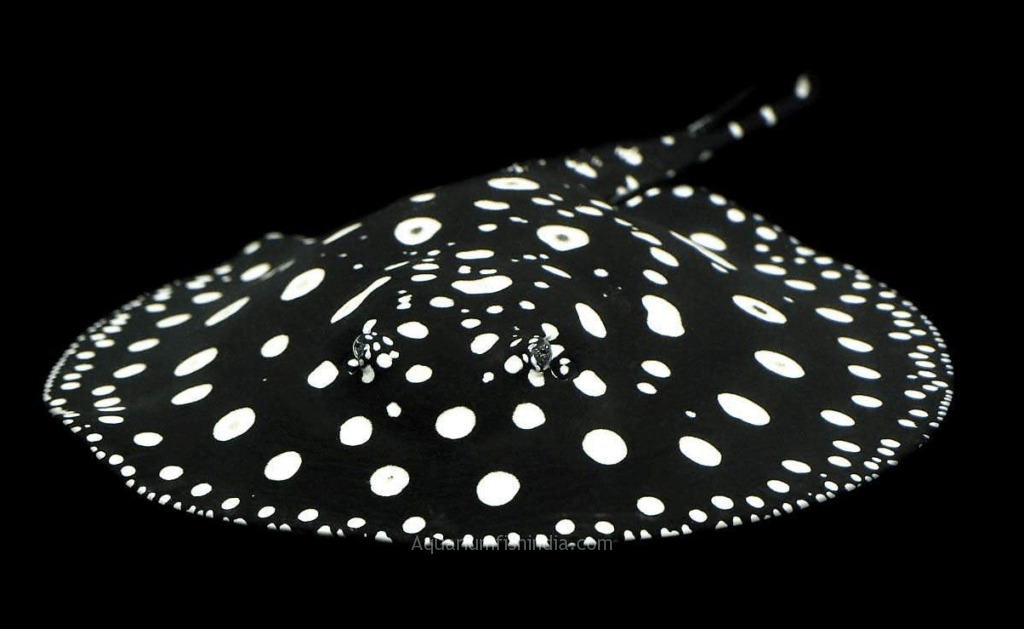Photo Gallery
Tank Busters
Among the hundreds of fish species for sale in aquarium shops, a few grow to be too large for conventional home aquariums. These fish are not good choices for the average home aquarist, especially beginners. However, for those who understand their needs and have the resources and commitment to keep them, they can be fascinating pets. While they may seem adorable at 2” to 3” in the store’s tanks, careful thought and planning should be given before buying them. If Monster Fish are your thing, consider the space and structural support you’ll need for an enormous aquarium, along with the cost of equipment, food and ongoing maintenance. Also, these fish can live for decades, so plan accordingly. Most stores and public aquariums will not take them in when they get too big for your tank, nor should they be expected to. Life events can be unexpected; the eventual size and lifespan of these fish are not.
Monster Fish Water Requirements
Monster fish produce large amounts of waste, making robust filtration a must. High capacity canister filters, sump-style trickle filters and outdoor pond filters are all good choices. Most monster fish owners use multiple filters on their aquariums. Perform a 20% to 30% water change and vacuum a section of the bottom every week.
Housing Requirements for Monster Fish
Simply put, big fish need big aquariums. A 210 gallon aquarium is the bare minimum for a few monster fish species, but most need several if not many times that as adults, requiring a custom built aquarium or an indoor pond. Depending on the species you keep, you’ll need to provide plenty of swimming area, large decorations that can’t be easily moved or knocked over and hiding places for catfish and nocturnal species like knife fish. Artificial plants should have weighted bases and heaters should be located outside the aquarium or made of titanium or stainless steel if placed inside the aquarium. Keep a secure cover on the tank to prevent fish from jumping out.
Monster Fish Behavior/Compatibility
Most monster fish tolerate each other fairly well provided they’re similar in size. (They usually won’t go after anything they can’t fit in their mouth.) Large cichlids such as Oscars and Peacock Bass can be territorial, but they’re usually well-behaved if they have adequate space and structure to define their territories. Large fish often develop personalities, not unlike traditional pets, and are known to interact with their “humans”. It’s not unusual for pet monster fish to have names.
What do Monster Fish Eat?
Provide a varied diet that includes pellet and freeze-dried foods, mealworms, earthworms, crickets, and raw fish or seafood. Avoid using live feeder fish, as they can carry diseases, or land animal protein such as beef heart,
Longevity/Ethical Concerns for Monster Fish
The popular myth that fish grow to the size of their environment is just that – a myth. Large fish species often do not achieve their full size in smaller aquariums, not because of limited space, but because of poor water quality and the accumulation of pollutants that stunt their growth. These stunted fish often suffer from deformities and other health problems due to poor living conditions.
All fish should be thoroughly researched before purchase, but this applies especially to monster fish because of their special needs and limited options for rehoming them. Aside from becoming huge, monster fish tend to live a long time. Before purchasing any large species, know its expected lifespan and make sure you will be able to care for it for its entire life. Remember, returning it to the store or a public aquarium is usually not an option.
Monster Fish Breeding Level – Difficult
With the exception of large cichlids, breeding of most Monster Fish is outside the scope of most home aquarists.

